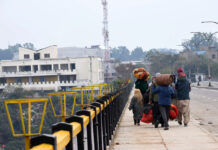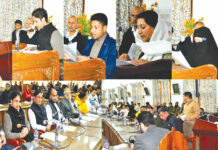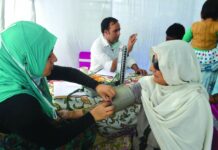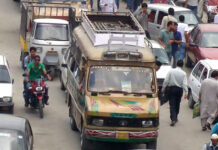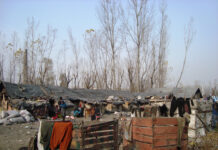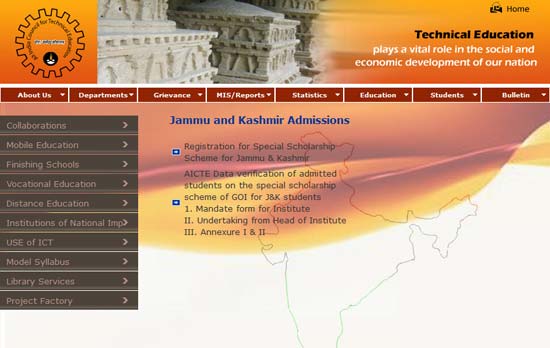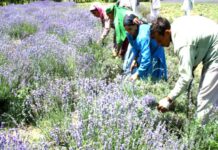The last three and a half months have been challenging for the healthcare services in Kashmir, which is reeling under continual, unabated unrest. Not only the Srinagar-based hospitals but the rural healthcare centres have been under tremendous pressure as patient influx – Outdoor and Indoor patients, besides firearm injuries – increased manifold. The doctors in District and Sub-district hospitals had to manage patients and firearm injuries with whatever little facilities they have.
Minister for Medical Education, R S Chib said, “At an average, 10 to 15 people mostly with bullet or pellet injuries were admitted in District and Sub-District hospitals in north Kashmir’s Baramulla and Sopore hospitals. Same was the condition in South Kashmir’s Islamabad district including Bijebehara town,” Chib said. “At least 800 people have been injured since the unrest began in Kashmir since June 11.”
A senior doctor, posted in a district hospital, wishing not to be named, said, of the 800 patients with firearm injuries, 50 to 60 per cent were treated in various district hospitals while patients with serious bullet injuries were referred to Srinagar.
Though hospitals in smaller towns witnessed huge rush of patients, people say, these lack proper infrastructure and facilities.
Jameel Ahmed of Sopore, who has suffered a bullet injury in August, said he was kept in Sub-District Hospital for two days and later referred to Bone and joints hospital for further treatment.“Though the bullet was removed in Sopore hospital, but they could not treat me further,” he said.
Medical Superintendent, District Hospital Islamabad, Dr Gulzar Ahmed said, “During the present unrest, we have witnessed less patient inflow in OPD (Out Patient department). But, the emergency cases like bullet and multiple injury cases increased manifold. Many of these required immediate tertiary care.”
The number of OPD patients has decreased as patients find it difficult to reach hospitals and many try to manage smaller ailments at home. Doctors see curfew as the major reason for the decline in the number of OPD patients. However, the large number of emergency cases kept the staff busy.
Chief Medical Officer, District Hospital Baramulla Dr. Muhammad Shafi said, “This year we did 1152 major surgeries against last year’s 833. Delivery cases were 1809 (upto October) and against last year’s 1929,” he said.
A doctor in an Islamabad hospital, wishing not to be named, said majority of district and sub-district hospitals lagged far behind in infrastructure as compared to Srinagar hospitals. “We were running short of emergency drugs as we admitted 17 bullet injury cases during one day. At least five to seven cases either with bullets or minor injuries used to be admitted in our hospital daily when protests in the district were on the peak,” she said, adding, “The doctors referred many of the cases to Srinagar hospitals.”
She said rural hospitals faced many problems while treating the patients with bullet injuries. “This was a challenge thrown at us without any warning. Besides, district and sub-district hospitals always remained second priority for the government. They only remember us when there is any big crisis,” she said.
Director Health services Kashmir; Dr Muhammad Amin Wani said there has been an increase in emergency cases and decrease in OPD. “Despite the fact rural hospitals faced tremendous rush of both emergency and minor injury cases, nearly 80 percent of (firearm injury) patients were treated in rural hospitals,” he said.
Dr. Wani said almost 155 referral cases which were in need of tertiary care were managed successfully under the most pressing times in the urban hospitals. Another major challenge which rural hospitals faced was the outbreak of gastroenteritis, which many doctors fear was cholera. “That was the real test for us to prove ourselves in the unexpected circumstances of the epidemic. On one side we had the cases of injured persons and on the other those affected by the outbreak,” Wani said. He said they took all the necessary measures to prevent the spread of the disease.
As per the figures released by the State’s health ministry, in the month of August, 414 major surgeries were conducted in various hospitals in Baramulla district. Similarly, the number of major operations conducted in Kulgam, Pulwama and Islamabad districts during the same period was 55, 174 and 298 respectively while Kupwara and Ganderal witnessed 80 and 77 surgeries respectively.
Sources said most of the surgeries were done on people who had sustained bullet or other firearms injuries.
The rural hospitals don’t have any critical care infrastructure like ventilators, oxygen supply. The hospitals at the most have a couple of old, decrepit patient transporting vehicles, in the name of ambulances.
Jammu and Kashmir has only two critical care ambulances, one is at the disposal of Govenror NN Vohra and other accompanies chief minister Omar Abdullah.
While claiming that there was no dearth of emergency equipment, Health Minister Sham Lal Sharma recently evaded a query on the number of ventilators in the state hospitals. “This comes under the ministry of medical education,” he said. However, he promised that by March, all district hospitals across Kashmir would have at least one critical care ambulance each.


